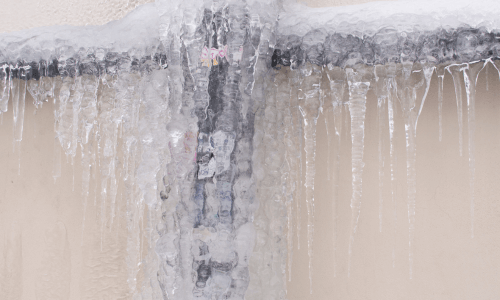
Frozen Pipe Prevention & Repair Services | 24/7 emergency
Frozen pipes pose a significant risk to residential and commercial properties, potentially leading to burst pipes, water damage, and costly repairs. In regions prone to freezing temperatures, such as St. Petersburg, Pinellas County, Florida, where unexpected cold snaps can occur, it’s essential for homeowners and property managers to take proactive measures to prevent frozen pipes and mitigate the risks associated with cold weather. Saint Pete Plumbing, as a trusted provider of plumbing services, is dedicated to helping individuals safeguard their plumbing systems through comprehensive frozen pipe prevention and repair services St. Petersburg, FL. In this detailed guide, we will explore the intricacies of frozen pipe prevention and repair, covering common causes of frozen pipes, prevention strategies, detection methods, repair techniques, and preventative maintenance tips to protect properties from winter-related plumbing emergencies.Understanding Frozen Pipe Risks:
Frozen pipes occur when water inside the pipes freezes due to exposure to cold temperatures, causing the pipe to expand and potentially burst. Several factors contribute to the risk of frozen pipes:Exterior Exposure:
Pipes located in exterior walls, crawl spaces, attics, or unheated areas are particularly susceptible to freezing, as they are exposed to colder temperatures.Lack of Insulation:
Insufficient or damaged insulation around pipes can fail to protect them from freezing temperatures, allowing cold air to penetrate and freeze the water inside.Low Heating:
Inadequate heating in homes or commercial buildings can result in colder interior temperatures, increasing the likelihood of frozen pipes, especially in unoccupied or rarely used spaces.Poorly Sealed Openings:
Gaps, cracks, or openings in exterior walls or foundations can allow cold air to enter the building and reach the plumbing system, leading to frozen pipes.Sudden Temperature Drops:
Rapid drops in temperature, such as during cold fronts or winter storms, can catch property owners off guard and increase the risk of frozen pipes.Prevention Strategies for Frozen Pipes:
Preventing frozen pipes requires a combination of insulation, heating, and proactive measures to protect vulnerable areas of the plumbing system. Here are some effective prevention strategies:Insulate Exposed Pipes:
Insulate pipes located in unheated or exposed areas using foam pipe insulation, heat tape, or fiberglass sleeves. Pay special attention to pipes in crawl spaces, attics, and exterior walls.Seal Cracks and Openings:
Seal gaps, cracks, and openings in exterior walls, foundations, and around pipes with caulking, weather-stripping, or spray foam insulation to prevent cold air infiltration.Maintain Adequate Heating:
Ensure that homes and commercial buildings are adequately heated during cold weather to maintain interior temperatures above freezing. Use space heaters or heat lamps in unheated areas as needed.Keep Interior Doors Open:
Keep interior doors open to allow warm air to circulate throughout the building and reach plumbing fixtures located in colder areas, such as bathrooms and laundry rooms.Drip Faucets:
During freezing weather, allow faucets connected to vulnerable pipes to drip slowly to relieve pressure and prevent freezing. Moving water is less likely to freeze than stagnant water.Detection Methods for Frozen Pipes:
Early detection of frozen pipes is crucial for preventing burst pipes and water damage. Several detection methods can help identify frozen pipes:Check for Reduced Water Flow:
If water flow from faucets or fixtures suddenly decreases or stops altogether, it may indicate a frozen pipe. Test multiple faucets throughout the building to determine if the issue is localized or widespread.Inspect Exposed Pipes:
Visually inspect exposed pipes in unheated or vulnerable areas for signs of frost or condensation. Frozen pipes may appear swollen or bulging, indicating ice blockage.Listen for Unusual Sounds:
Listen for unusual sounds coming from the plumbing system, such as banging, rattling, or vibrating pipes. These noises may occur when frozen pipes expand or contract under pressure.Touch Pipes:
Carefully touch exposed pipes with your hand to feel for cold spots or areas where the pipe feels unusually cold to the touch. Frozen pipes will be significantly colder than surrounding surfaces.Use an Infrared Thermometer:
Use an infrared thermometer to measure the temperature of exposed pipes. Frozen pipes will register a significantly lower temperature than unfrozen pipes.Repair Techniques for Frozen Pipes:
If frozen pipes are detected, prompt action is necessary to prevent burst pipes and water damage. Here are some repair techniques for dealing with frozen pipes:Thawing Pipes:
Thaw frozen pipes using gentle heat sources such as a hairdryer, heat lamp, electric heating pad, or space heater. Start thawing the pipe nearest to the faucet and work your way toward the blockage.Open Faucets:
Open faucets connected to the frozen pipe to allow water to flow and relieve pressure as the pipe thaws. This can prevent bursting and facilitate the thawing process.Apply Warm Towels:
Wrap warm towels or rags around frozen pipes to help conduct heat and speed up the thawing process. Replace the towels regularly to maintain warmth.Use a Heat Tape:
If frozen pipes are a recurring problem, consider installing heat tape or heat cable along the length of exposed pipes to provide continuous low-level heat and prevent freezing.Consult a Professional:
If you’re unable to thaw frozen pipes or suspect a burst pipe, contact a licensed plumber for assistance. Professional plumbers in St. Petersburg have the expertise and equipment to safely thaw pipes and make necessary repairs.Preventative Maintenance Tips for Frozen Pipes:
Preventative maintenance is key to protecting your plumbing system from frozen pipes and winter-related emergencies. Here are some preventative maintenance tips:Regular Inspections:
Conduct regular inspections of your plumbing system, especially before the onset of cold weather. Inspect exposed pipes, insulation, and heating systems for signs of damage or wear.Monitor Weather Forecasts:
Stay informed about weather forecasts and anticipate cold snaps or freezing temperatures. Take proactive measures to protect vulnerable pipes before freezing weather arrives.Winterize Outdoor Plumbing:
Drain and shut off outdoor faucets and irrigation systems before the onset of winter to prevent freezing and damage. Disconnect and store garden hoses indoors.Maintain Heating Systems:
Ensure that heating systems, including furnaces, boilers, and heat pumps, are properly maintained and in good working condition to provide adequate heat throughout the building.Educate Residents:
Educate residents or tenants about frozen pipe prevention techniques and encourage them to take precautions during cold weather. Provide instructions for drip faucets, thermostat settings, and detecting frozen pipes.Frozen pipe prevention and repair services in St. Petersburg, Pinellas County, FL are essential for protecting residential and commercial properties from winter-related plumbing emergencies. By understanding the risks associated with frozen pipes, employing effective prevention strategies, conducting regular inspections, and taking prompt action when frozen pipes are detected, homeowners and property managers can safeguard their plumbing systems and minimize the risk of burst pipes and water damage.





